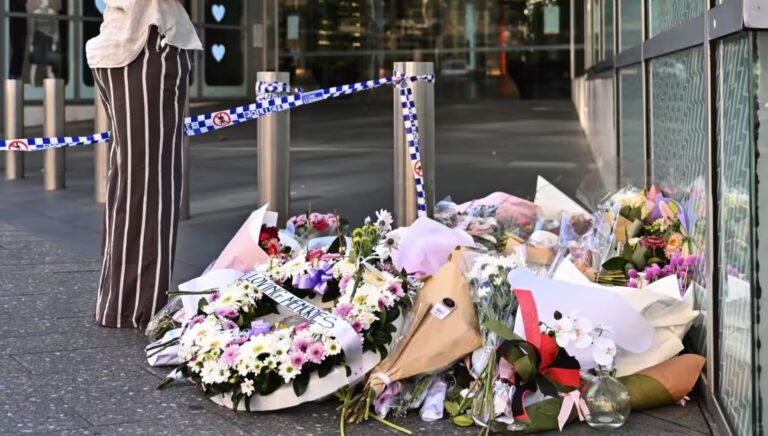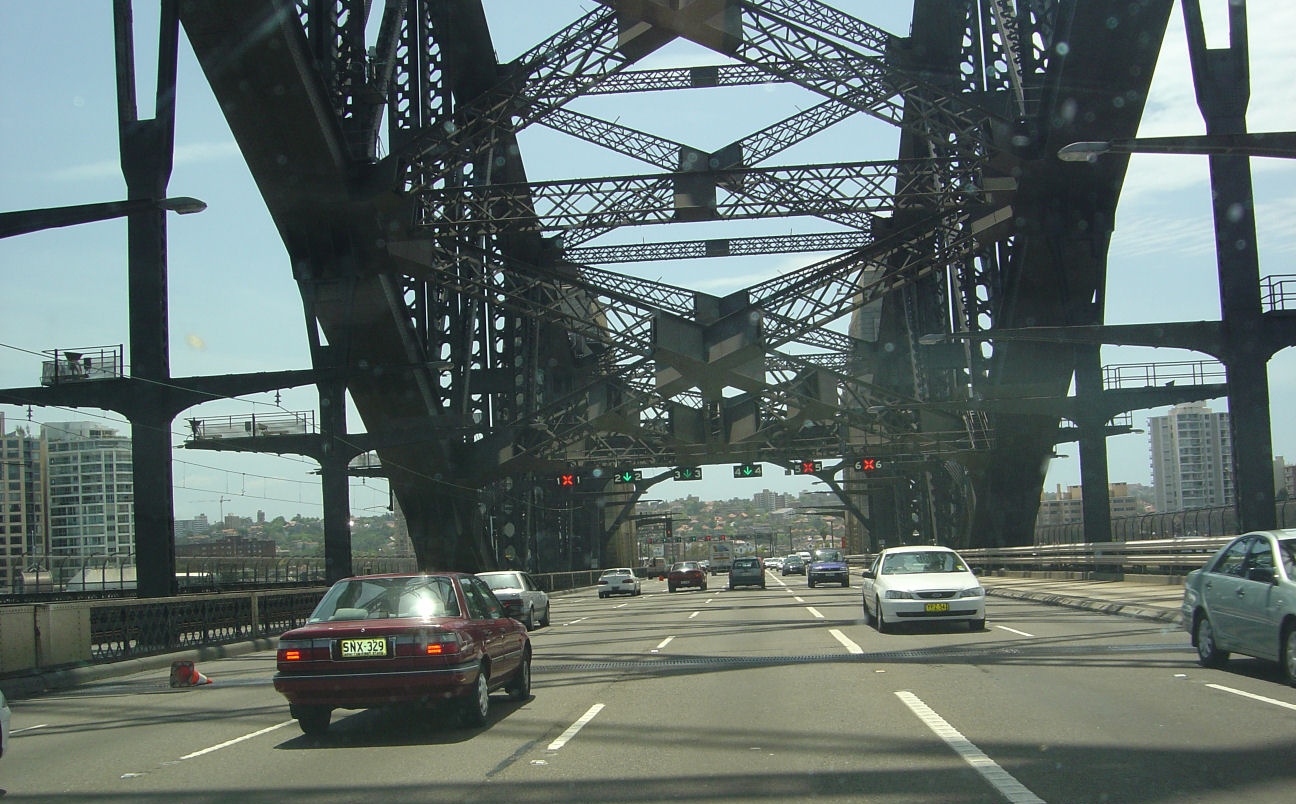
As affordability decreases, homelessness rises

BY CHRISTOPHER HARRIS
Levels of homelessness in the City have increased to their highest figure since 2013, according to latest City of Sydney homelessness street count.
The City of Sydney’s Febuary street count found there were 890 people without a place to live with 486 sleeping on the streets and 404 in hostels.
Independent State MP for Sydney, Alex Greenwich, took part in the count at the end of February.
He said it was important to maintain funding to women’s refuges as well as hostels.
“At a time when private housing is advertised as ‘smart buys for $1million’, the NSW and Commonwealth governments need to make sure there is affordable housing and increase social housing with necessary support services in order to reduce the number of people sleeping rough,” he said.
Lord Mayor Clover Moore said even middle-income earners were finding it tough to pay rents and mortgages. She called on the state and federal governments to address the lack of affordable housing supply.
“You can’t solve homelessness without housing. We urgently need the state and federal governments to find opportunities to provide affordable housing and increase social housing with support services, which will then reduce the number of people sleeping rough,”
City Homelessness Unit Manager Trina Geasley said more needed to be done to address supply.
“Crisis beds are full, services have growing caseloads and with a 10-year housing waiting-list of 60,000 people, many people are falling through the cracks.”
Cindi Petersen from LaunchPad Youth said that agreed that the numbers were up because of housing affordability has been a “growing issue over time”.
“The other reason there is greater visibility in the City, we know homeless populations head towards cities for safty, access to services, for transports.”
She said the best way to prevent young people from becoming homeless was to ensure that services were evenly distributed across Sydney.
When young people were closer to their home, they would be more likely to return to it. She said the best solution was early intervention.
Failing that, having a case worker and coordinating services with other agencies in the City has meant getting homeless young people off the streets.
The organisation has access to funds of a brokerage fund to pay the costs of getting into housing, such as a bond, and other things not provided by state agencies.
“We have managed to house quite a few young people in the last 15 months with the program, but obviously there is limited stock.”









